Introduction: Studio Jabs and Breaking the Fourth Wall
At the beginning of “Deadpool & Wolverine,” Deadpool says with his trademark irreverence, “Disney’s so stupid.” Deadpool’s characteristic humor, which combines rudeness, meta-commentary, and bold insults at the studio behind his newest adventure, is exemplified in this clip. Ryan Reynolds’s character, The Merc with the Mouth, has always been a departure from Hollywood’s traditional heroes; his antics are a far cry from the morally dubious yet afflicted superheroes that dominate the genre. Deadpool, who is well-known for his messy killings, crude comedy, and dedication to the R-rating, makes a strong stance against the PG-13 superhero movie industry.
Featuring Marvel Cinematic Universe Integration
Despite coming from Marvel Comics, Deadpool used to be a character that only existed on the outer limits of the Marvel Cinematic Universe (MCU). However, Deadpool and the X-Men have been incorporated into the expansive story of the MCU when Disney acquired 20th Century Fox in 2019. This transition is not only a practical adjustment; “Deadpool & Wolverine” tackles it as a narrative opportunity with a mix of reverence and derision.
Deadpool addresses the crowd at the beginning of the movie, summarizing the complicated history of his inclusion in the MCU and the company’s renaming from 20th Century Fox to 20th Century Studios. This cheerful expositional inquiry establishes the tone for a movie that honors Deadpool’s legacy of shattering the fourth wall while recognizing the significant changes in his cinematic universe.
Maintaining Wolverine’s Legacy
Keeping Hugh Jackman’s portrayal of Wolverine alive is one of the main problems in “Deadpool & Wolverine.” In “Logan” (2017), Jackman’s portrayal of Wolverine was an emotional and critical high point for the franchise and served as a moving farewell to the character. With a mix of fun and defiance, Deadpool takes this head-on and declares that the movie won’t trample on Wolverine’s legacy. This strategy not only establishes the mood but also gives viewers confidence that the movie honors the past while forging its own course.
Evolution of Deadpool and MCU Integration
In terms of how they approached superhero movies, the first two “Deadpool” movies were groundbreaking. With a flurry of meta-humor, unorthodox storytelling, and a willingness to ridicule the fundamental fabric of superhero clichés, they dismantled genre conventions. With his unusual opening credits and frequent breaching of the fourth wall, Deadpool carved out a special place for himself.
However, “Deadpool & Wolverine” finds itself in a new narrative setting as the MCU places more and more emphasis on the multiverse. Shawn Levy’s direction of the movie makes use of the idea of the multiverse to combine Deadpool’s unstable energy with the larger MCU. Playful mash-ups, unexpected cameos, and unexpected narrative turns are made possible by this artistic freedom.
Multiverse Theory and Story Flexibility
“Deadpool & Wolverine” have a playground thanks to the MCU’s multiverse exploration. In addition to allowing for artistic freedom, this narrative technique places Deadpool in a larger cosmic perspective. To take advantage of this, the movie introduces creative storylines and settings that aren’t feasible in a more conventional narrative framework. A lot of fun and action are woven throughout thanks to Deadpool’s meetings with characters from all around the multiverse and his desire to join the Avengers.
The Dynamic Pair: Jackman and Reynolds
Hugh Jackman and Ryan Reynolds’ on-screen relationship is one of “Deadpool & Wolverine’s” main draws. Their portrayals not only make their characters come to life, but they also offer a lighthearted look into their personalities. With their respective histories of trauma, Deadpool and Wolverine are portrayed as two sides of the same broken coin. Wolverine’s somber manner contrasts dramatically with Deadpool’s humor, which hides his suffering. Throughout the entire movie, this relationship builds comic tension and a gripping story.
A Soundtrack and Nostalgia
The nostalgia of the movie is greatly enhanced by the soundtrack. Songs by Madonna, ‘N Sync, Avril Lavigne, AC/DC, and Goo Goo Dolls are included to appeal to the generation that grew up on these successes. More than merely a mix of classic songs, the soundtrack gives the movie a more poignant and meaningful context that appeals to audiences who grew up in the late 1990s and early 2000s.
In Conclusion, Accepting Anarchy
“Deadpool & Wolverine” is evidence of how the Deadpool series has developed inside the MCU. It fully utilizes the multiverse notion to explore new story possibilities while striking a balance between its irreverent humor and respectful allusions to the past. The picture is a unique addition to the superhero genre because of its ability to combine heartbreaking scenes with charming humor, as well as the star power of Reynolds and Jackman.
In the end, the movie is successful in providing a novel and enjoyable experience that respects its position in the larger MCU while maintaining Deadpool’s anarchic essence. It serves as a reminder that nothing truly ends in the realm of superhero movies, especially when you have characters like Deadpool to keep things fresh.
ALSO READ: Review of Supacell: Superpowers and Typical Struggles in a London Drama


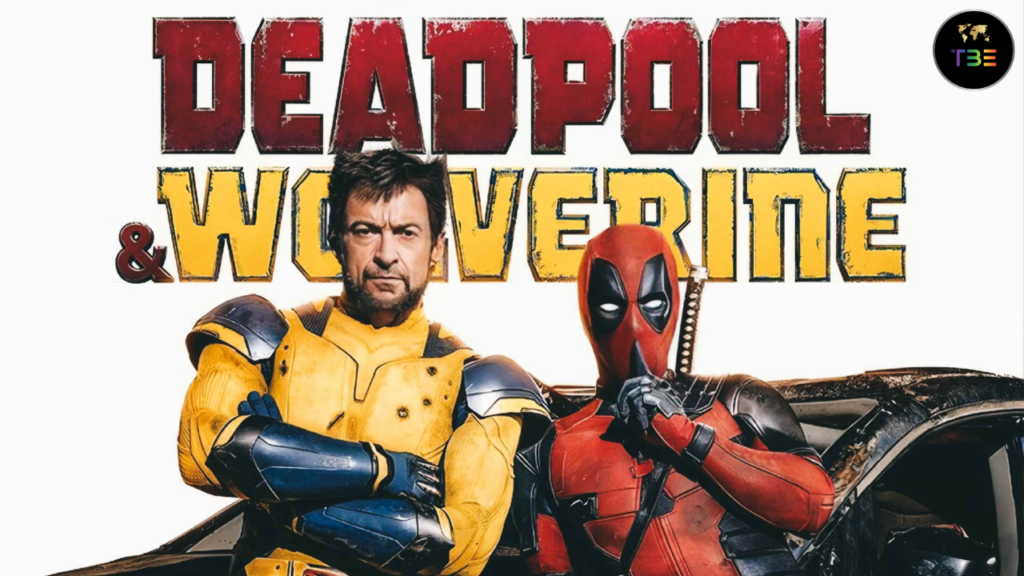
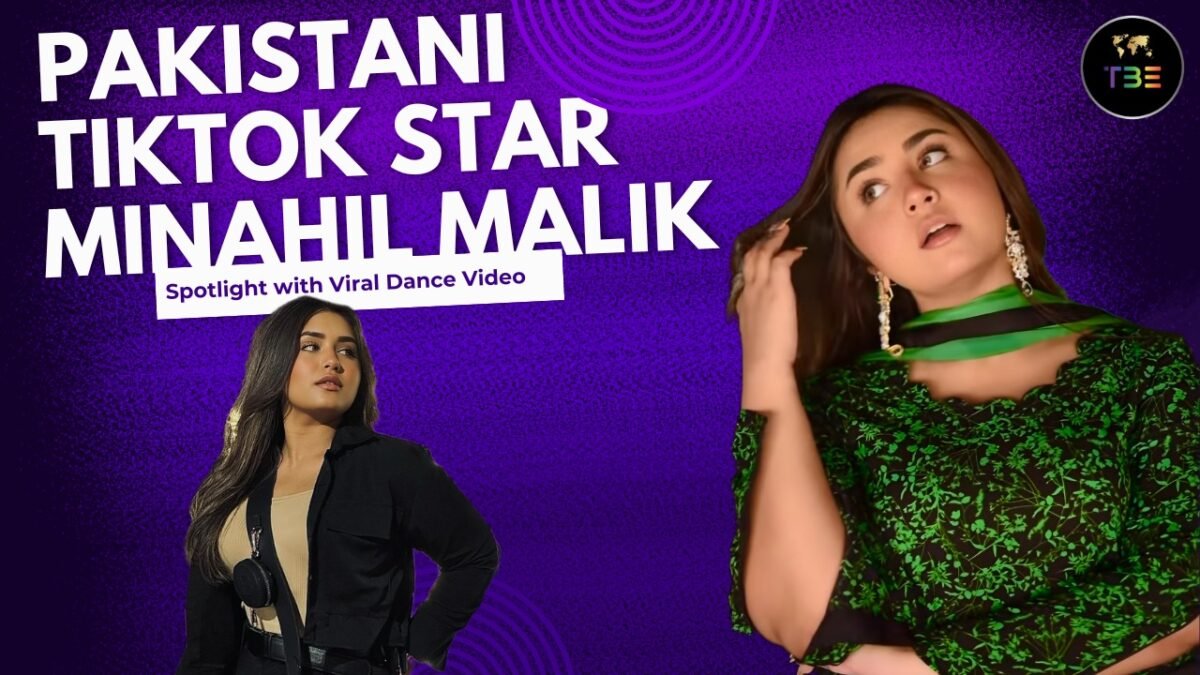
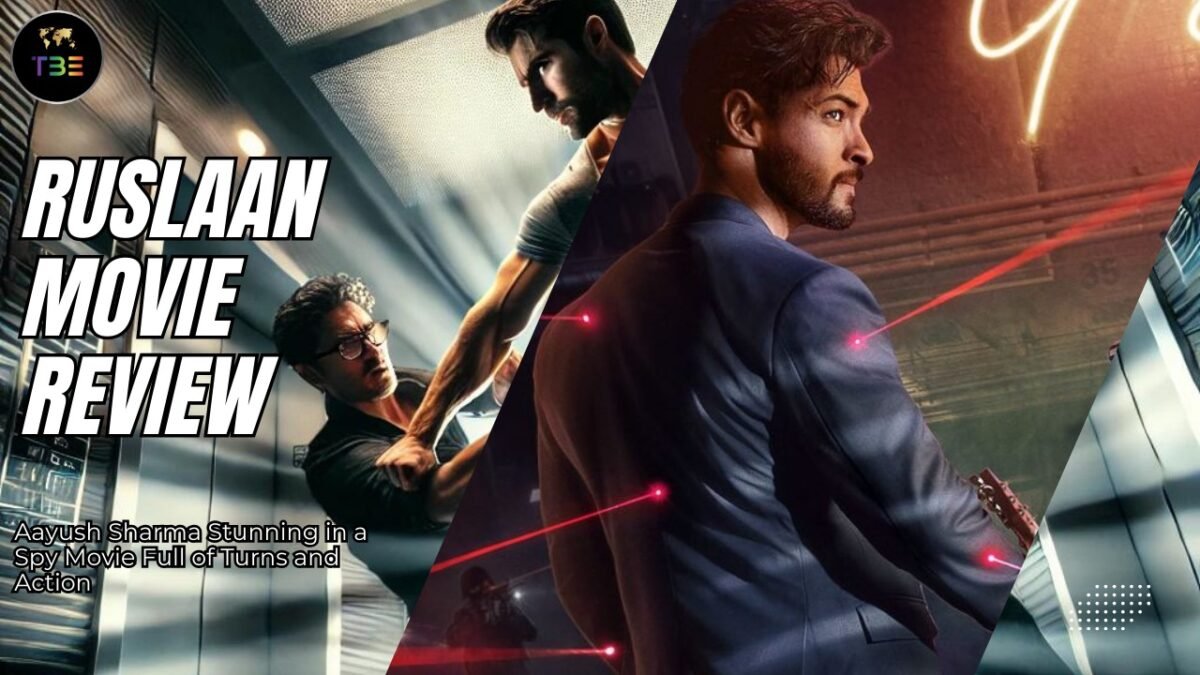

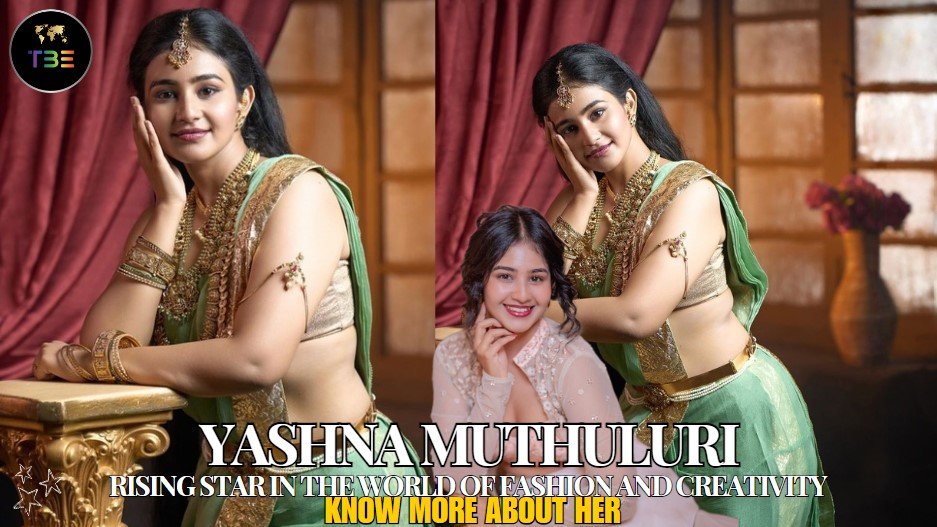
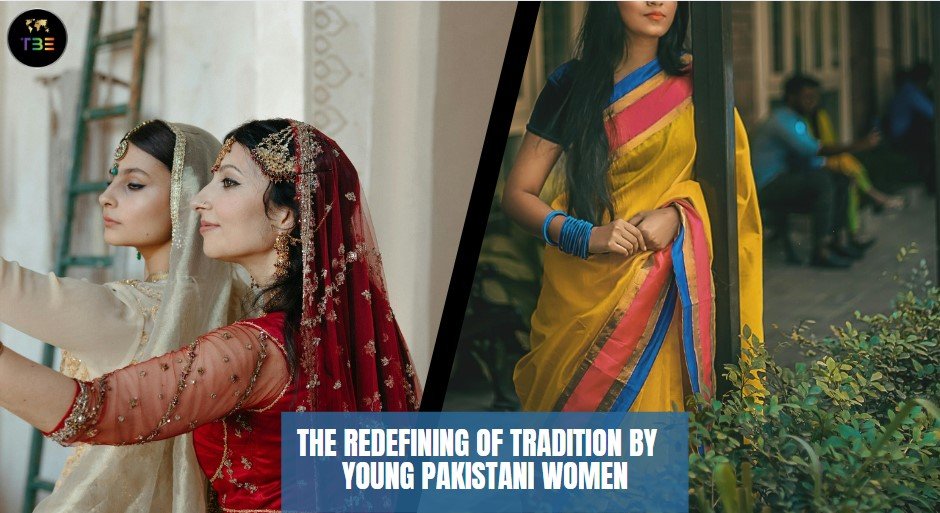
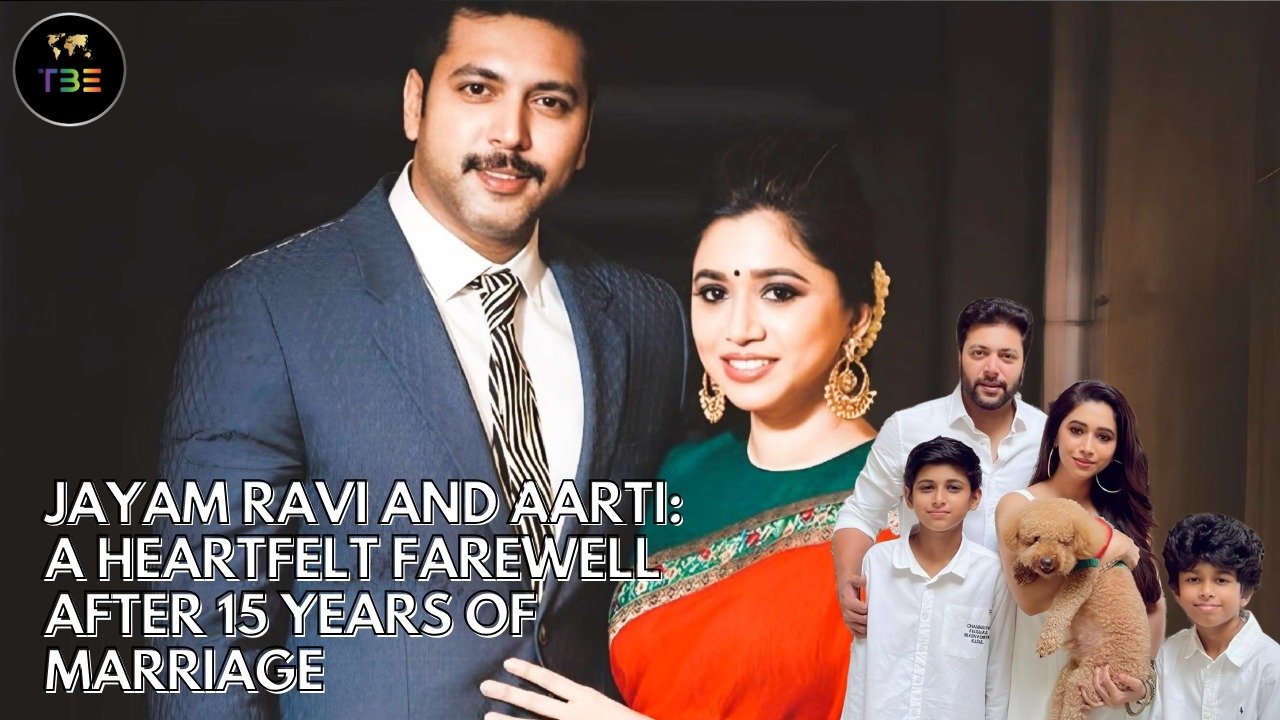

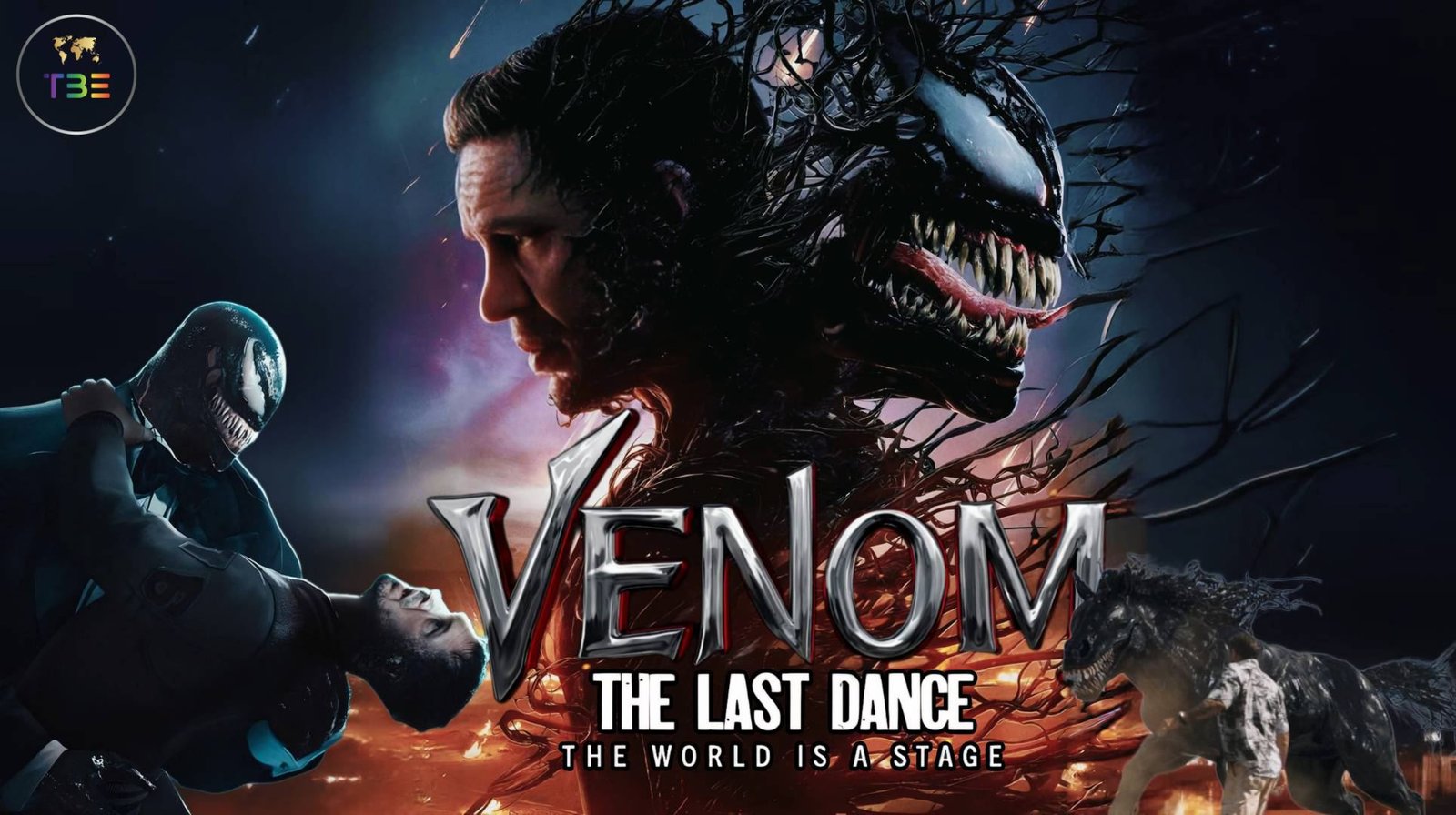
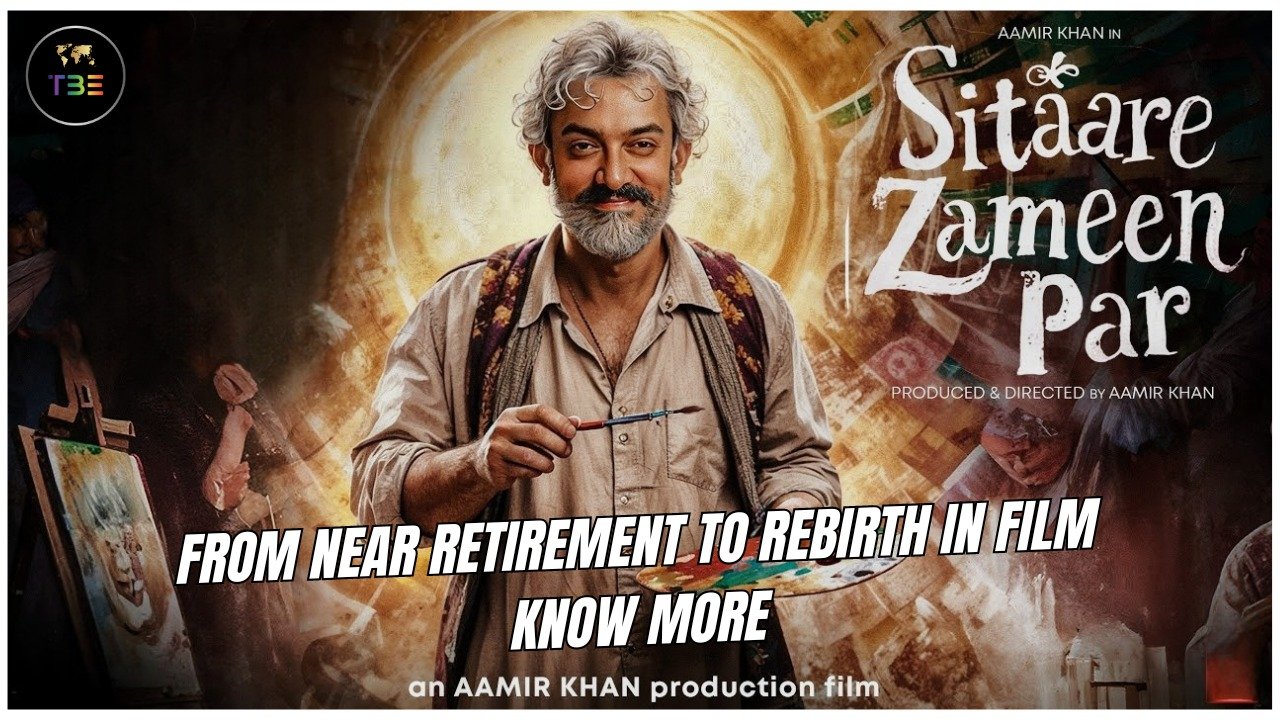


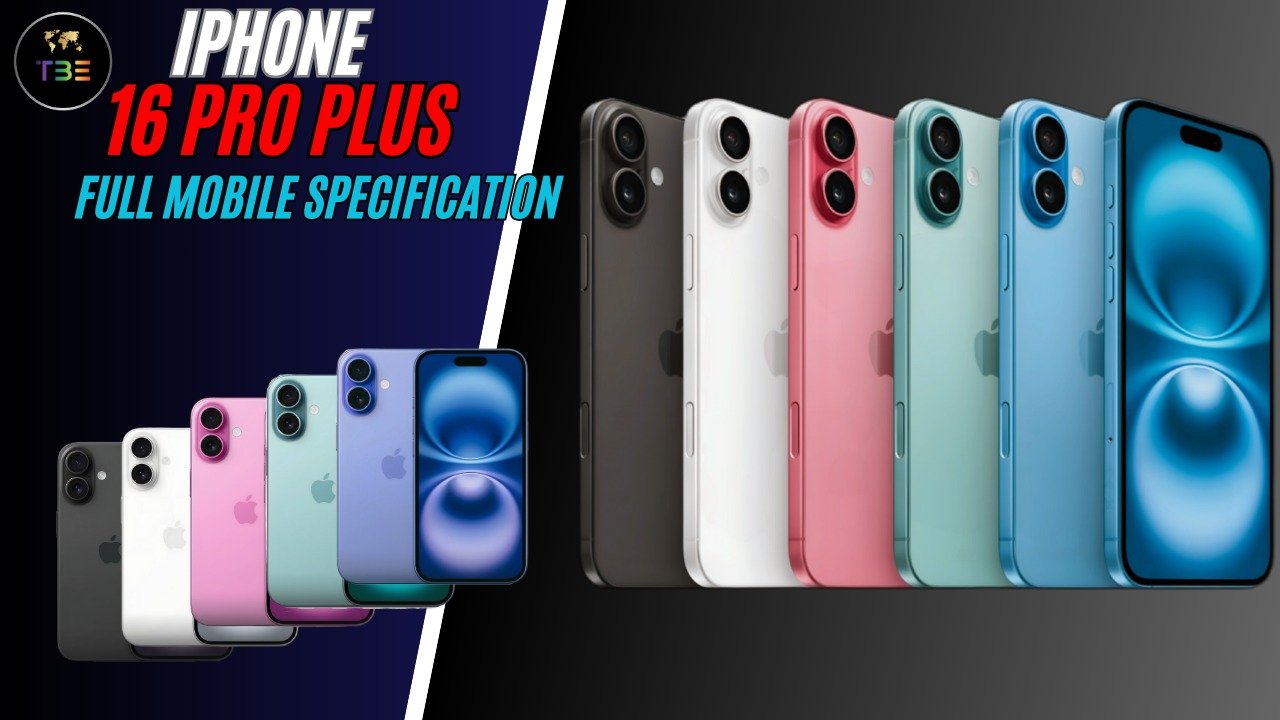
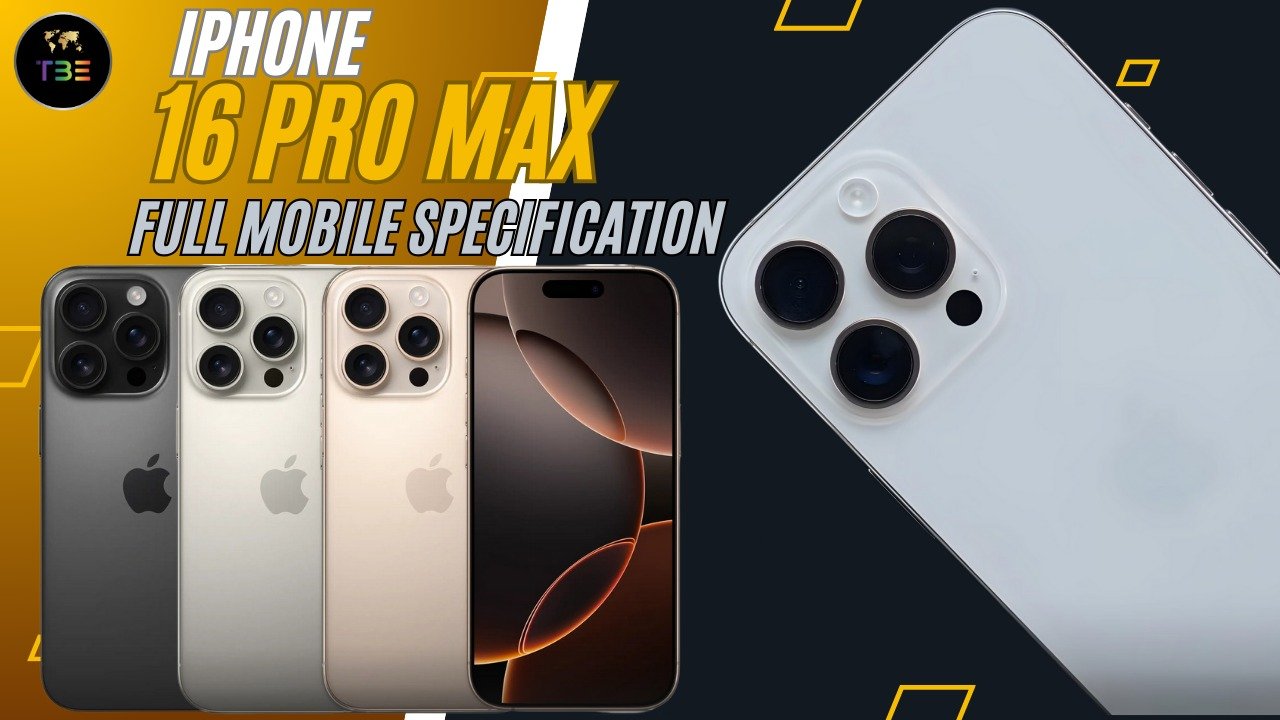
Leave a Reply